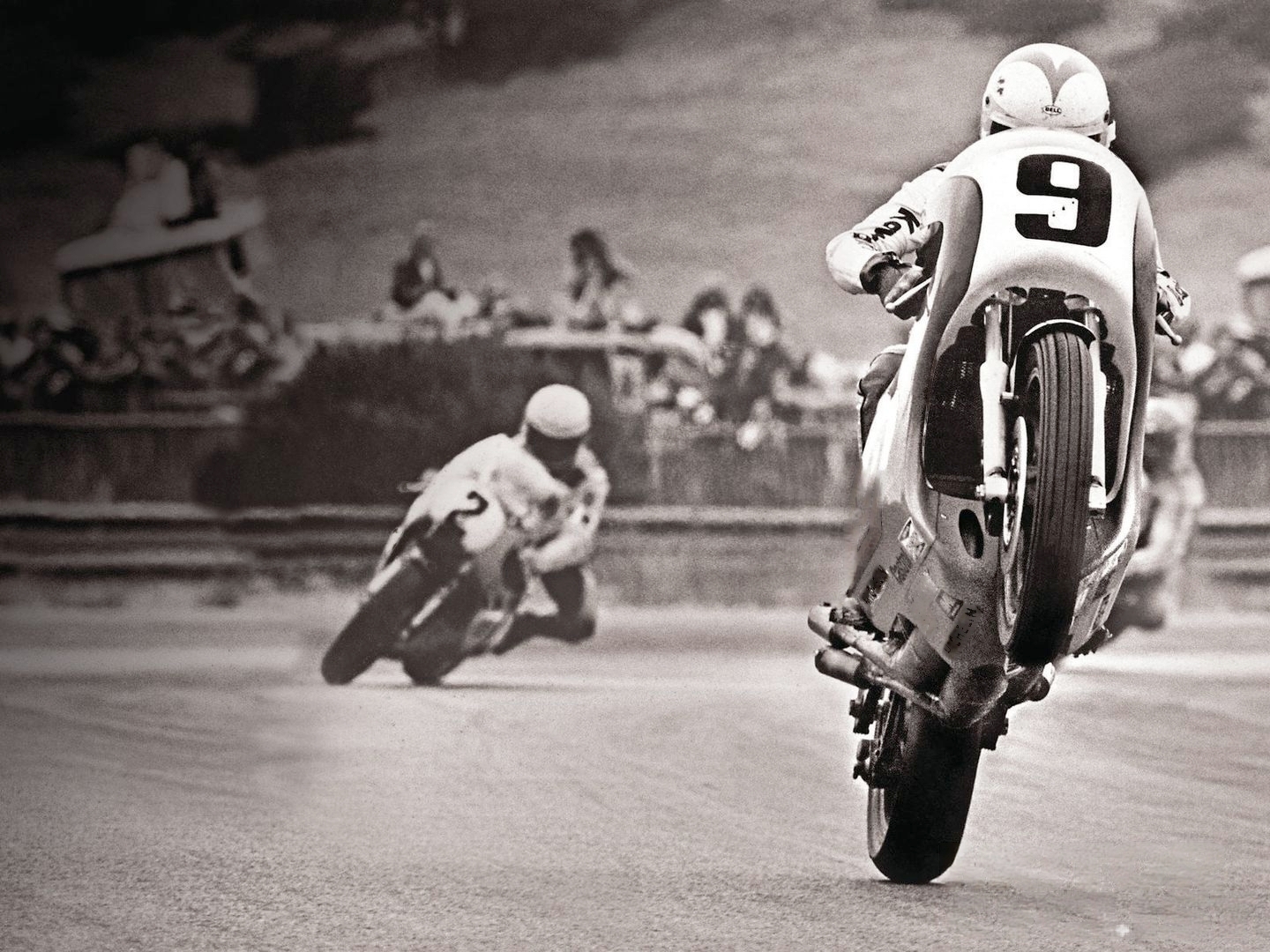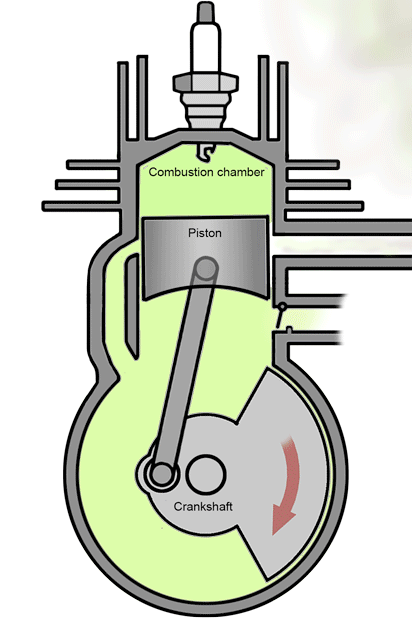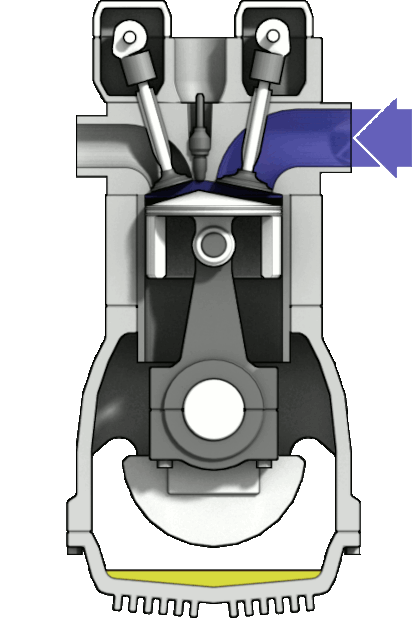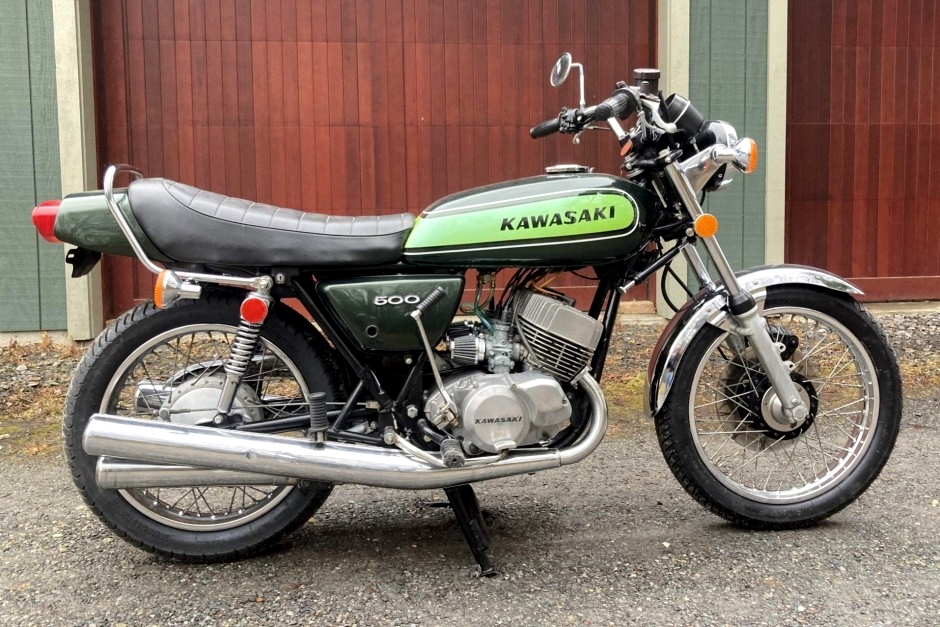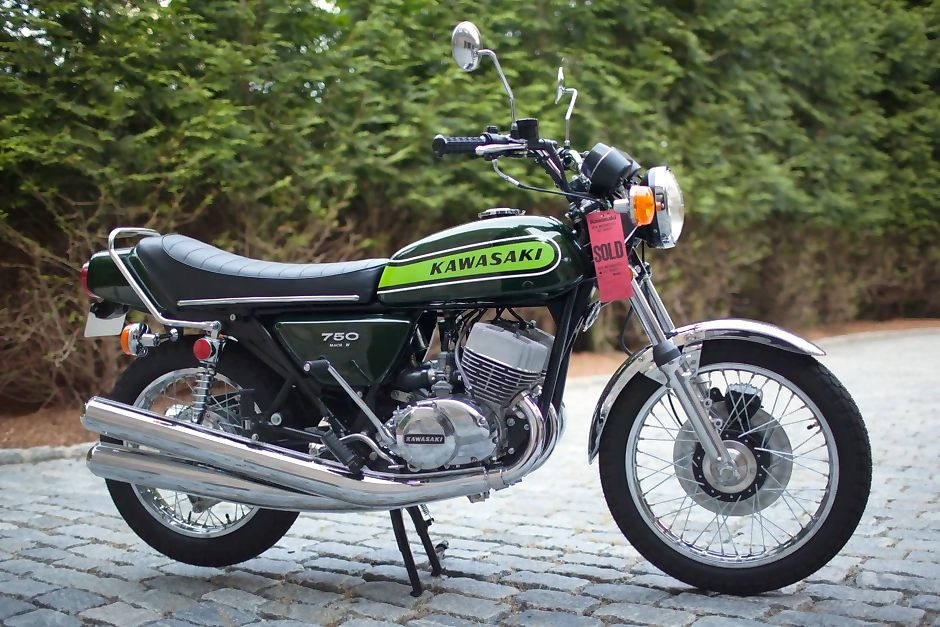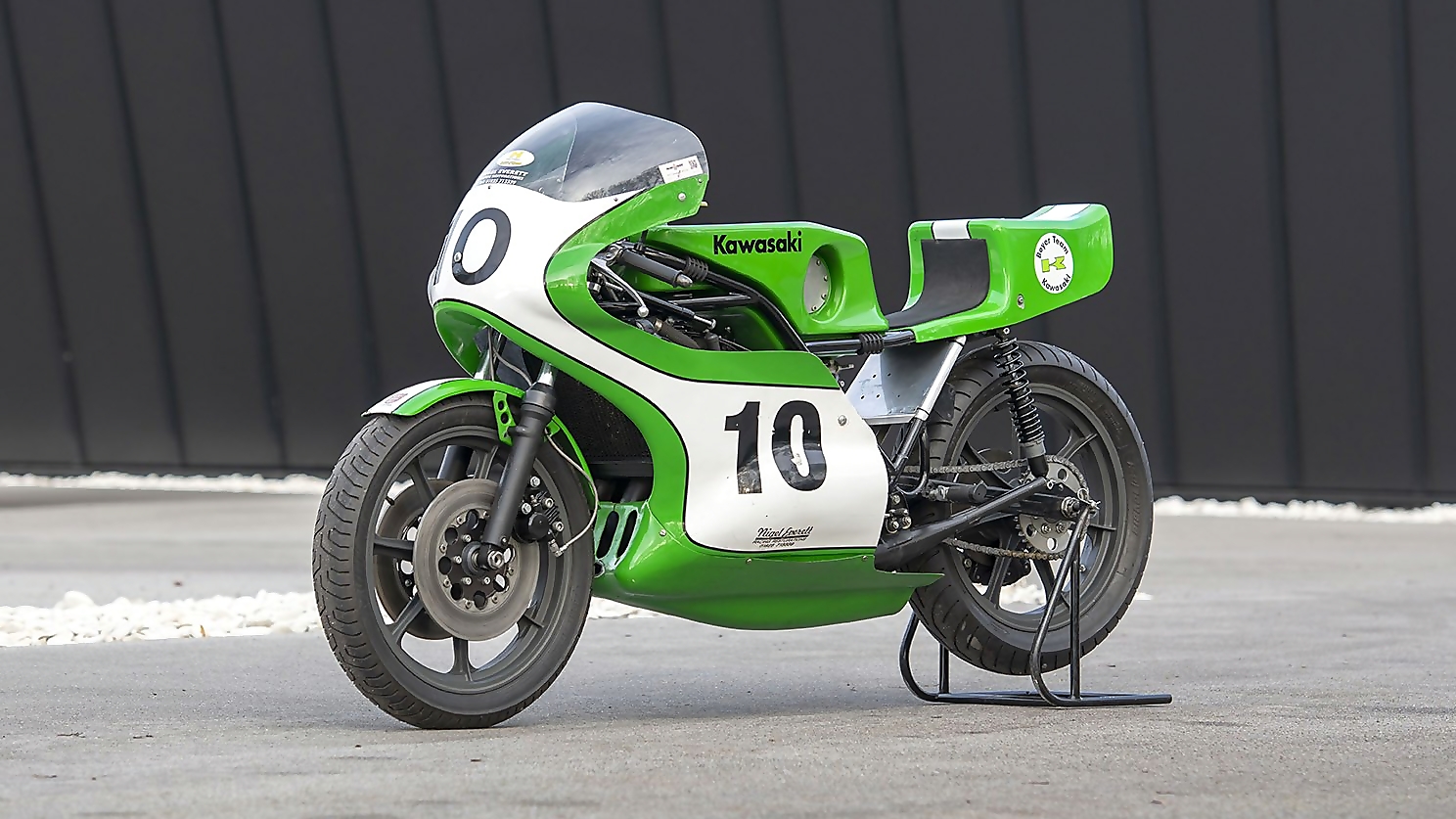FTC disclosure tour-de-force here. The following article was last updated on Jan 21, 2023 ...
Green Meanie! Evolution Of A Two-Stroke Beast
Riders must be of a certain age to have fond memories of two-stroke motorcycles, let alone that of the infamous "Green Meanie" variety. Two-strokes (or "two-smokes" as they're affectionately called) burn oil with gasoline, producing prodigious amounts of smoke from their tailpipe. They have a particular exhaust tone, often characterized by "ring-ding" sounds and a recognizable scream when revved.
“In 1973, the AMA agreed to FIM rules for a new Formula 750 World Championship series. Soon after, Kawasaki's Green Meanie KR750 arrived.”
It's easy to tell them apart from four-strokes by sound alone. Old time motorcycle racers firmly believed two-stroke exhaust tones were the sound of proper racing machines. Many would back that statement today.
The two-stroke platform is simple compared to four-stroke. Unlike four-strokes, two-strokes have no valve train and are therefore lighter. Sensitive to exhaust design, piping to eject exhaust gasses evolved into bulbous "counter-cones", known today as expansion chambers.
Accurate carburetor tuning is highly valued with two-strokes as they're prone to seizing if jetted too lean. This can cause spectacular crashes should the rear wheel lock up. Wise riders keep two fingers on the clutch lever, hoping to quickly squeeze and prevent catastrophe.
Another characteristic of the two-stroke motor is power delivery. Its power band builds slowly, then abruptly spikes with a large, narrow "step" in output. Difficult to ride, the power spike can cause large, unexpected wheelies or a high-side crash, which were frequent and sometimes career ending.
The Early Widowmakers
Before the Green Meanie handle was born, Kawasaki produced two notorious three cylinder, two-stroke models. The 500cc H1 Mach III arrived in 1968 followed by the 750cc H2 Mach IV in 1971. Both had period design suspension, frames and brakes ... none of which were effective in controlling the power output from their motors.
“Motorcycle lore has it that very few original owners of the Mach III survived.”- Clement Salvadori
Considered unachievable by motorcycle experts of the era, the H1 was able to travel the quarter mile from a standing start in 13.5 seconds. Their frames would flex under braking, acceleration and cornering loads, which earned them the nickname "flexi-flyer". But by God, they were crazy fast and people loved 'em!
Jump to 2014 and the H2 moniker's insane performance picks back up with Kawasaki's research/development team releasing a super-charged, inline four-cylinder, four-stroke motor.
It was initially released in the H2 and H2R sportbike models, the H2R being a track only monster equipped with 330 horsepower. Kawasaki later introduced two more supercharged models with that same motor: the H2 SX, a sport touring model and the Z H2, a "super-naked". One tester referred to the latter as a "deranged, lunatic of a motorcycle".
But I digress. In 1974, homologation rules were changed which reduced the cost to develop and race new design motorcycles. As a result, Kawasaki decided to build a new two-stroke race machine for the Gran Prix and American racing contests.
Kawasaki's K2R, A Mean Precursor
The K2R air-cooled motor had not been without development problems. In 1973, the American Motorcyclist Association (AMA), as a member of the Fédération International Motocycliste (FIM), agreed to follow FIM rules for a new Formula 750 World Championship series. Prior Kawasaki racing motors used special cast, race only cylinders but new FIM rules required stock cylinders, crankcases and heads.
The problem was the outside cylinders on the stock production Kawasaki motors were designed with the exhaust ports angled outward, which would not work with the narrow frame of the race machines. Kawasaki's solution was to swap the outside cylinders so the exhaust ports angled inward but many of the cooling fins on the sides of the cylinders had to be removed. With limited engine cooling, seizures became a problem, making tuning a critical issue.
During the evolution of the K2R, improvements in aerodynamics and fuel stop adaptations brought notable success, securing their use in future racing endeavors.
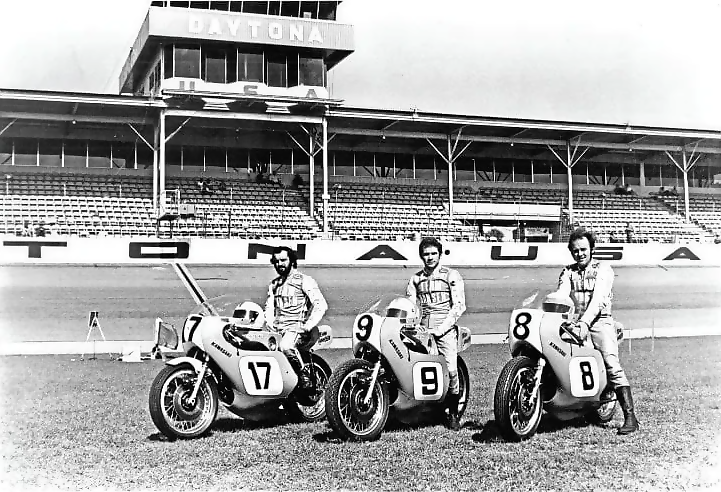
Randy Hall, who combined team management and development engineering roles to lead Kawasaki's racing program from 1973 until the end of the F750 era in 1976, became interested in the aerodynamics of their race machines.
During the late 1960's, Jerry Branch, a friend of his, evaluated a streamlining kit in Cal Tech's wind tunnel, adding almost 10mph to Harley Davidson's V-twins around Daytona's banked oval.
Hall felt the rounded tail section of the KR750 wasn't aerodynamic enough. He loosely copied Branch's design, bettering airflow over the back of the rider and rear of the motorcycle. He then added a small raised lip at the tail, gaining stability while reducing drag.
A second improvement came out of three-cylinder fuel consumption. The slower four-strokes could race all two-hundred miles of the Daytona 200 without stopping. Three-cylinder Kawasakis were faster but with poor fuel economy, they had to refuel mid-race.
Hall turned to his engineering roots and developed the first fast-fueling system for motorcycle racing. It consisted of a thirty-gallon fuel can perched on a 10-foot-tall stand. Its large diameter fill hose plugged into quick connect fittings on the motorcycle.
Fittings were installed on both sides of each fuel tank, as races were run in both counter and clockwise directions. That system, still in use today, was able to pour five gallons of fuel every five seconds. Many issues were resolved, including venting, overflow and safety concerns, like a "dead man" valve that had to be held open during refueling (flow stopped if released).
Now all they needed was a top shelf motorcycle to match their scientific swagger.
Enter The Greeniest, Meaniest "Green Meanie" Of 'Em All
The newly designed racing machine, a replacement for the air cooled K2R, was known internally as the 602 but the racing world knew it as the KR750. It was approved for racing by the American Motorcyclist Association in 1975. Capitalizing on the base design of the Mach III and Mach IV motors, it had three-cylinders but unlike the street versions, was liquid cooled.
Kawasaki engineering simplified the design of their motor, resulting in less weight and better power transfer through the engine internals, especially when compared to Yamaha's overly complex TZ750.
The 602 was improved in 1976 with the addition of upgraded brakes and forks, then relabeled the 602L. Other improvements included magnesium crankcases and a new clutch, significantly reducing the weight of the machine. The replacement 602L won races and set lap records but even with less weight and more horsepower, it struggled to beat the original 602 with its absolutely savage power delivery.
Kawasaki's factory budget was limited, at one point delivering cylinders to UK teams without casted ports. Team mechanics got the job done using data supplied by Kawasaki. English and Australian teams tested and updated their suspension, brakes and lighter wheels.
Team Kawasaki Australia's sole KR750 was modified in 1978 to incorporate Brembo front calipers, Zanzani plasma coated alloy front discs, specially made Campagnolo wheels and an alloy fuel tank, resulting in further weight savings.
Unlike the Yamaha and Suzuki motors, which were tuned for a more linear torque curve, the KR750 "Green Meanie" was tuned similar to motocross engines of the era. Its chassis, proven strong, was still no match for the motor's brutal power, twisting and weaving under acceleration. It's that power that provided speed ... and wins.
One of the Green Meanie KR750s was timed at 192mph in the 1978 TT.
Exit Stage Left (Cult Of The Green Meanie)
Today, two-stroke road bike manufacturing is legally dead. Despite having a strong following in racing by champions like King Kenny Roberts, who eventually raced a two-stroke engine of his own design, their days were numbered. Emerging concerns about greenhouse gasses and exhaust emissions took precedence and after the 2002 season in motorcycle grand prix racing, two-stroke motors were replaced by four-stroke motors.
But some people just can't leave the past. German enthusiast, Ralf Kraemer, owns and loves the old Kawasaki two-stroke triples. He administers their only German-speaking forum, Triple Klinik GL, and owns quite a few.
One of which is an original KH500 which he's owned for 30+ years.
He's built a tribute KR750 which he calls his "KR800". Starting with a 1972 Kawasaki H1B frame, his machine looks strikingly like the Kawasaki race bikes 602 and 602L. The engine was a Mach IV 750cc, bored out to 800cc.
The builder claims his KR800 can be ridden like a modern sportbike, with no wobbles and excellent performance. Mr. Kraemer is also on social media. Follow him on Facebook and Instagram.
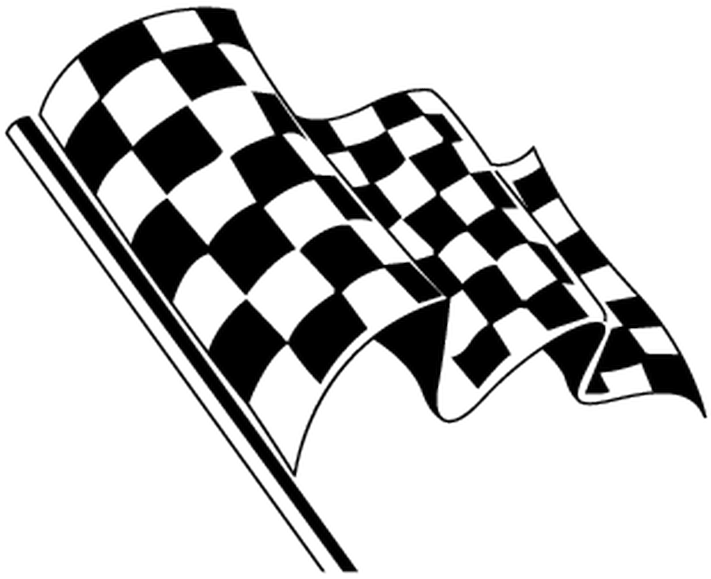
What's Your Favorite Historic Road Bike?
A lot of great riding history remains to be documented. Which tales are your favorite and why? Your input is invited. Leave a comment!
